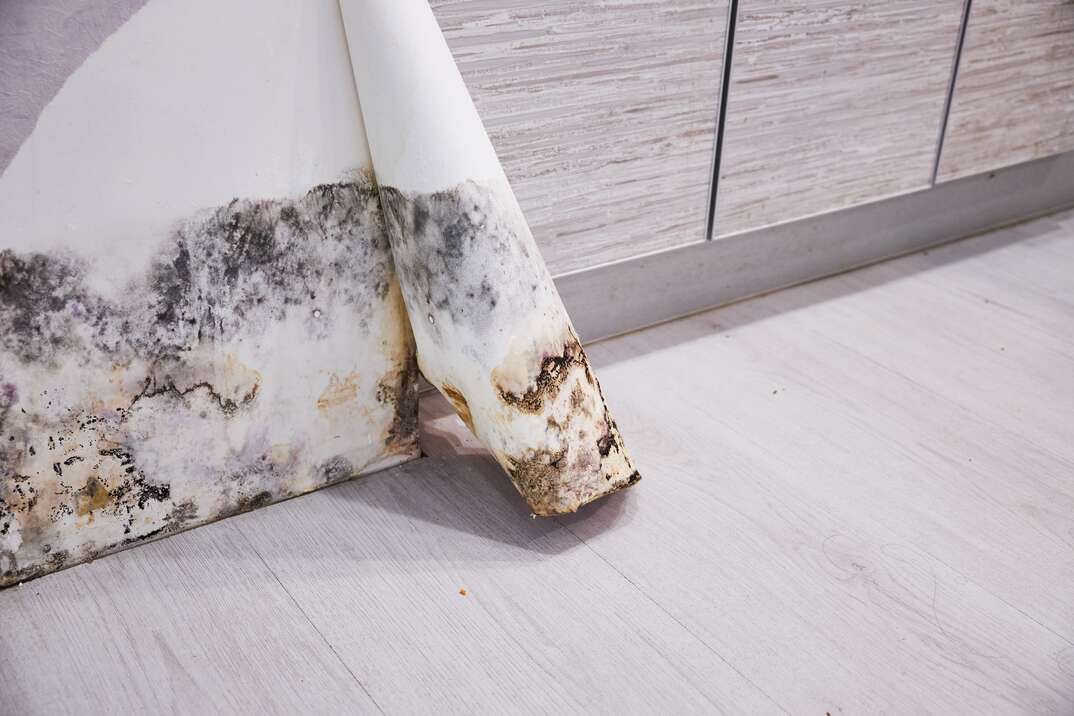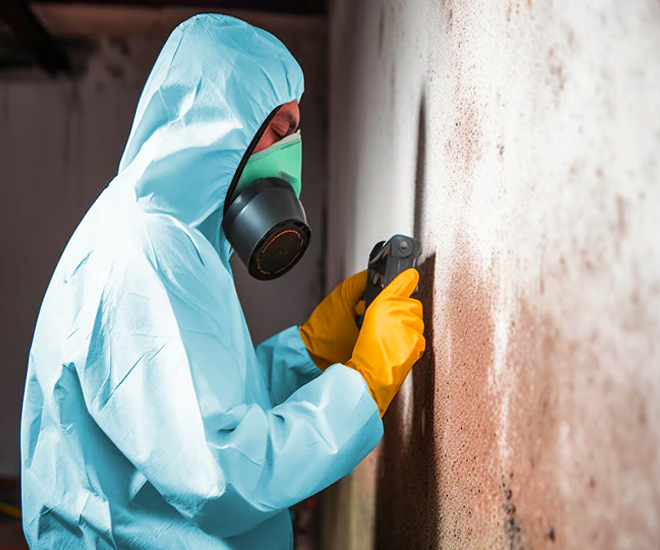Accessing Regional Post Remediation Mold Testing Near Me
Accessing Regional Post Remediation Mold Testing Near Me
Blog Article
Effective Post Mold And Mildew Remediation Solutions for Your Home
Mold and mildew development in homes can be a persistent issue, often requiring a methodical strategy for reliable post-remediation remedies. From recognizing the variables that add to mold development to executing correct cleansing techniques and dampness control actions, the process can be complex yet essential for maintaining a healthy living environment. Post Mold Remediation.
Recognizing Mold And Mildew Growth Factors
Mold and mildew development is affected by a selection of variables that are crucial to comprehend in order to efficiently resolve and prevent its proliferation. Understanding these factors is crucial in carrying out successful mold and mildew removal approaches. The primary aspect adding to mold growth is dampness. Mold spores need wetness to germinate and flourish, making wet or damp environments extremely prone to mold and mildew invasions. Poor air flow can also bring about moisture accumulation, producing a perfect breeding ground for mold.

Furthermore, air movement and light exposure can impact mold development. Areas that lack correct air flow and all-natural light are extra prone to mold and mildew growth. By dealing with these factors comprehensively, individuals can properly minimize mold and mildew development and secure their living environments.
Proper Mold Cleaning Techniques
Utilizing effective cleaning approaches is essential in addressing and protecting against the reappearance of mold contamination in indoor atmospheres. The first step in appropriate mold and mildew cleansing is to consist of the damaged location to avoid the spread of spores to unpolluted areas.

Implementing Wetness Control Steps
To efficiently protect against mold and mildew development and contamination in interior settings, executing moisture control measures is extremely important. Wetness is the main element that fuels mold development, making it important to take care of moisture levels within the home. One efficient action is to use dehumidifiers to keep interior humidity levels listed below 60%. In addition, making certain appropriate air flow in locations prone to moisture build-up, such as cooking areas and bathrooms, can help in reducing the threat of mold and mildew development. Frequently inspecting and repairing any kind of leakages in plumbing, roofings, or windows is additionally important in avoiding excess moisture accumulation. Making use of exhaust fans while food preparation or showering, and permitting air flow by maintaining furnishings somewhat away from wall surfaces can black mold removal tips aid in wetness control. Making use of moisture-resistant materials in high-humidity locations, such as mold-resistant drywall and paints, can be helpful. By vigilantly implementing these dampness control actions, property owners can efficiently minimize the probability of mold and mildew recontamination click here for more and maintain a healthy and balanced indoor setting.
Utilizing Natural Removal Solutions
After successfully carrying out moisture control procedures to protect against mold and mildew development in indoor environments, homeowners can now check out the performance of natural remediation remedies in maintaining a healthy space. Natural remediation remedies utilize ecologically pleasant methods to fight mold and mildew and mold, making them a prominent selection for those seeking non-toxic alternatives. One such remedy is making use of vinegar, an all-natural antimicrobial representative, to clean and disinfect surfaces contaminated by mold. Merely thin down vinegar with water and spray it onto the affected locations, allowing it to rest for a couple of hours before wiping tidy. In addition, tea tree oil, known for its antifungal residential or commercial properties, can be combined with water and sprayed onto mold-infested surfaces to inhibit further growth. An additional all-natural choice is hydrogen peroxide, which can efficiently kill mold on numerous surfaces without leaving dangerous residues behind. By integrating these natural removal services right into their cleansing routines, home owners can successfully combat mold and mildew growth while advertising a healthier indoor environment for themselves and their family members.

Maintaining a Mold-Free Atmosphere
Frequently inspecting locations prone to mold development, such as washrooms, kitchen areas, basements, and attic rooms, is critical. Correct air flow in areas with high moisture levels is also vital to stopping mold growth.
Additionally, preserving tidiness in the home is crucial for mold and mildew avoidance. Keeping interior plants in check and ensuring proper drainage in exterior landscaping can decrease dampness build-up, reducing the possibility of mold and mildew invasions.
Verdict
Finally, it is necessary to address mold and mildew growth aspects, use correct cleansing techniques, apply wetness control steps, utilize natural removal services, and keep a mold-free environment in order to effectively deal with blog post mold removal in your home - Post Mold Remediation Report. By adhering to these techniques, you can protect against mold from remove mold on face recurring and ensure a healthy living atmosphere for you and your family
The primary aspect contributing to mold development is wetness. Mold spores require moisture to grow and sprout, making wet or damp environments highly prone to mold and mildew invasions.To properly avoid mold and mildew development and contamination in interior atmospheres, applying dampness control actions is extremely important. Furthermore, ensuring correct ventilation in areas prone to moisture build-up, such as restrooms and kitchen areas, can aid lower the risk of mold and mildew growth.After efficiently implementing moisture control procedures to prevent mold and mildew growth in indoor atmospheres, homeowners can now explore the effectiveness of all-natural removal options in maintaining a healthy and balanced living space.
Report this page